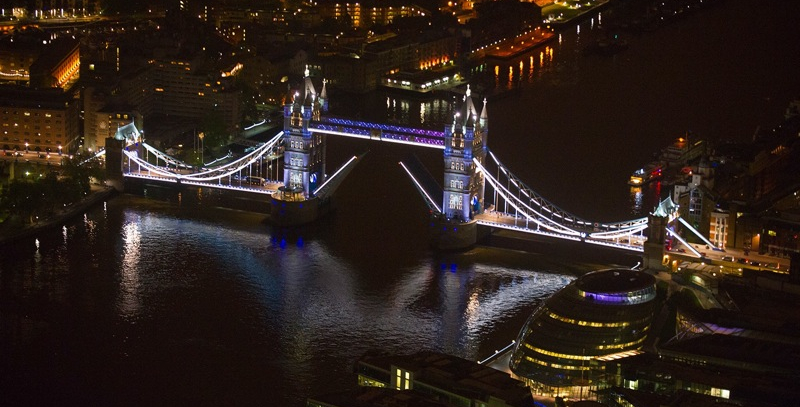Another myth of LED energy savings


There is little doubt that light bulbs built from light emitting diodes - LEDs - burn only about 20 percent of the energy of the infamously inefficient, century-old incandescent bulbs common in homes.
Thus, the thinking goes, LEDs will help drastically shrink the world's carbon footprint, given that according to the Earth Policy Institute, lighting consumes about 19 percent of the world's electricity, spewing an amount of carbon equal to 70 percent of the emissions from the planet's cars.
But beware unintended consequences! Or, as environmentalist Jonathon Porritt recently called it, "the rebound effect."
Not only are LEDs super efficient (although as I said last week, they are no more efficient than much less expensive fluorescent lights). They also open up enormous new lighting opportunities. They make it easier than ever to illuminate bridges and facades in ever changing, dazzling, controllable multiple colors. Just look at the top of the Empire State Building. Or have you been past London's Tower Bridge recently? Poland's Poznan City soccer stadium? Did you see those fiery rings descend from the sky at last summer's Olympics?
And designers can build them into the structure of everything from buildings to furniture to fashion.
As lighting grows more varied and ubiquitous, the sum total of energy consumption could wipe out all the energy saved by switching to more efficient sources in the first place.
"However good your energy efficiency gain, there is a danger people will then take that gain and use it on additional services that they didn't have available to them before," Porritt said in a keynote presentation at the LuxLive 2012 lighting exhibition in London.
"If you look at the whole history of lighting, it's clear that efficiencies are increasing all the time," said Porritt, who is co-founder of sustainability group Forum for the Future.
In response to a question from the audience, he added, "We are beginning to move into a whole suite of lighting technologies where lighting will be used as much for mood enhancement - or as you say, 'vanity projects' ... You can see the rebound effect gather in the wings here.
"What if all that (efficiency gain) gets gobbled up as we decide there are other uses of lighting that we can really take advantage of. That's a really big dilemma. I don't think the industry is hugely aware of that as of yet."
Actually, the industry is aware of it. One executive from a leading international lighting vendor who asked not to be named told me that Porritt's "rebound" effect, "Does raise the question of how much energy do you really save. Where is the energy saving - that is a question."
This is not an unsolvable puzzle. Your answers welcomed below.
Photos: Tower Bridge by Jason Hawkes via GE/Reformer Films. Jonathon Porritt by Slowlife Symposium via Flickr Creative Commons.
More LED myths, legends and realities on SmartPlanet:
- Goodbye LEDs, hello plastic bulbs?
- The myth of LED energy savings
- Empire State Building gets flashy new lighting system
- LEDs set ‘fire’ to Olympic rings in London
- GE caught paying for Olympic gold
- LEDs to dance at European Championship soccer
- LEDs atop Empire State Building
- LEDs turning sow’s ear into silk purse in Paris
- LEDs to bathe London’s Tower Bridge in Olympic gold and silver
- More LED truths and half-truths
- When good lights go bad: LED breakdown
- The hot and cold of LED lighting
This post was originally published on Smartplanet.com